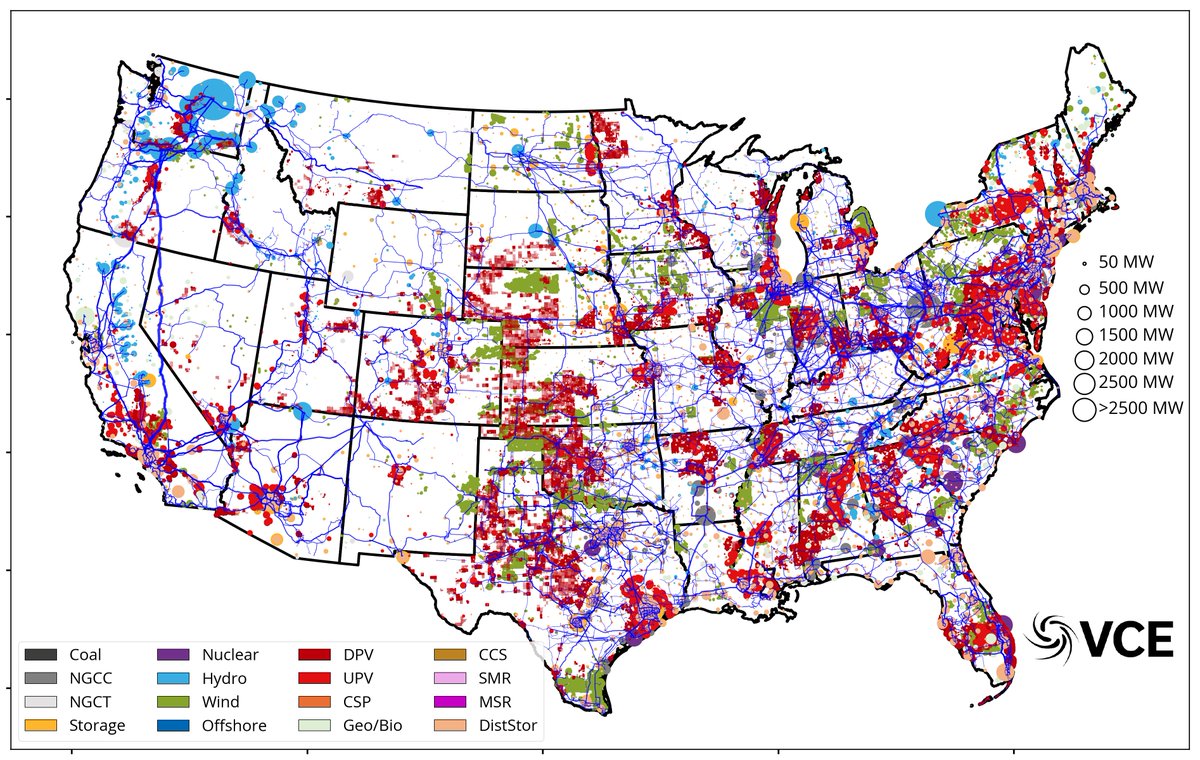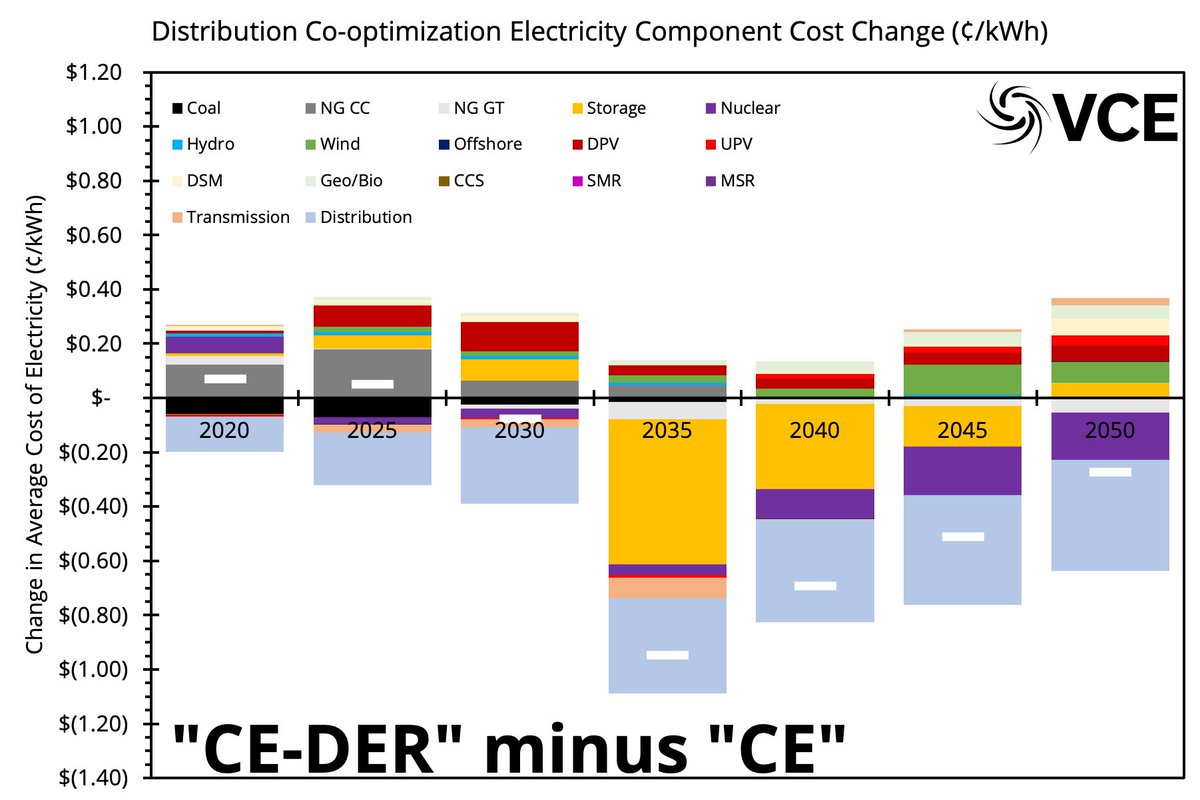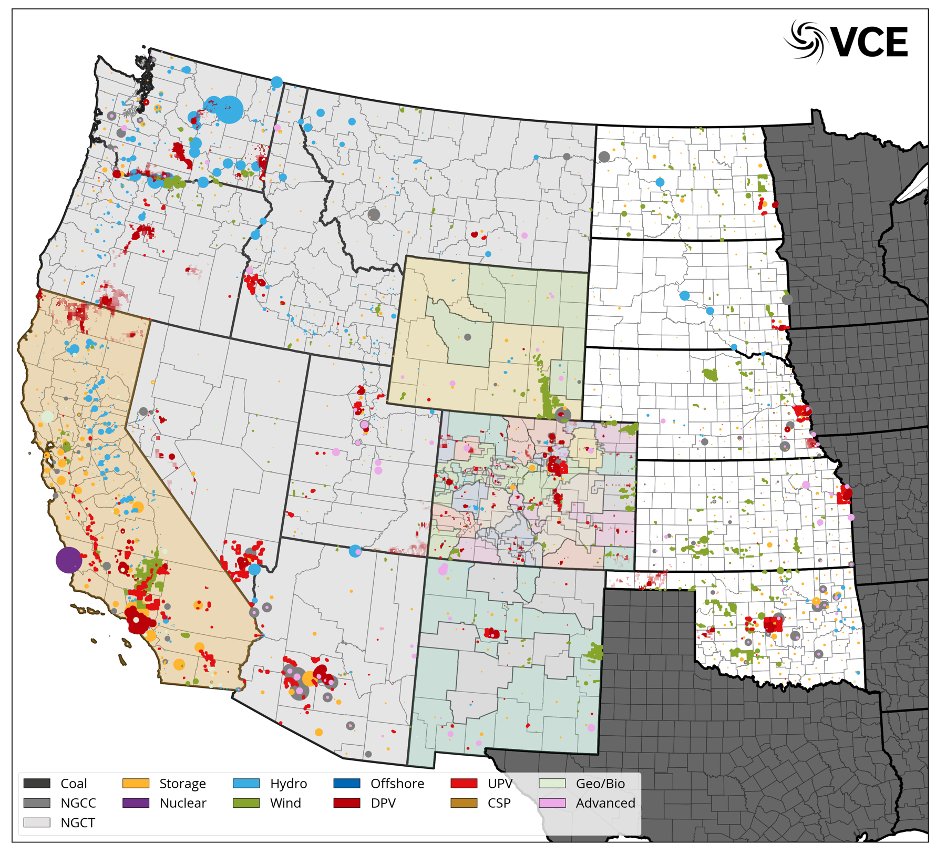
We released a report yesterday w/ @350Montana & @GridLabEnergy on "Affordable & Reliable
Decarbonization Pathways for
Montana." Here is a short thread...
Decarbonization Pathways for
Montana." Here is a short thread...

First, report is here: vibrantcleanenergy.com//wp-content/up…
Second, Exec summary is here: vibrantcleanenergy.com//wp-content/up…
Third, More can be found @350Montana: 350montana.org/2021/05/27/the…
Second, Exec summary is here: vibrantcleanenergy.com//wp-content/up…
Third, More can be found @350Montana: 350montana.org/2021/05/27/the…
We performed five scenarios for the MT #grid. Long-story-short, the MT grid can run #reliably without #coal or #naturalgas & become 100% #renewable by 2035. MT still needs import/exports w/ other regions; but exports far more than imports. Image shown is 2050. 
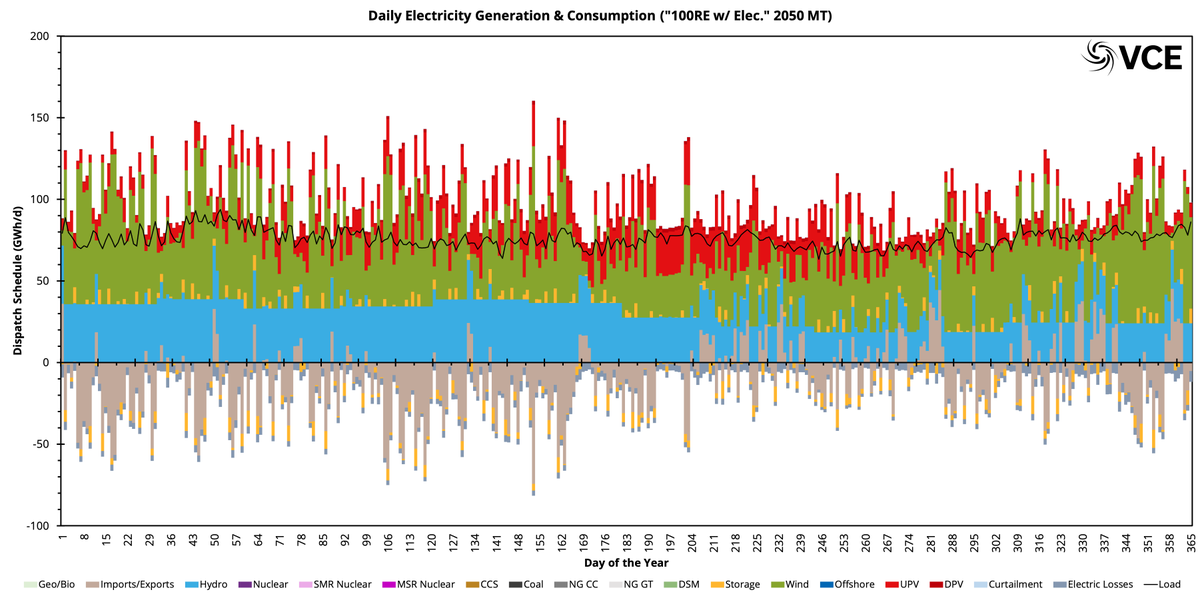
The 5th scenario was most interesting to us because we electrified the economy by 2050, so that there was a zero emission economy. This meant more demand, different demand profiles, and new considerations! 

We found that there were savings to be had across these different sectors when electrifying. Most importantly, the reduction benefits all, not just those that electrify because rates fall faster with electrification; reducing the energy burden for all of those in Montana. 







This cumulates across the system and becomes a $34 billion saving through 2050. These savings pass through to the customers at a rate of more than $2,500 per year (if fully electrified). 



The modeled systems show huge growth in #wind, #solar, #storage. The electrified economy also needs #hydrogen for agriculture and other uses. 



We modeled the whole of the Western United States simultaneously with Montana because of the substantial exports that it currently provides. We found that the whole system is kept in balance over every 5-minute interval through 2050 under all the scenarios. 

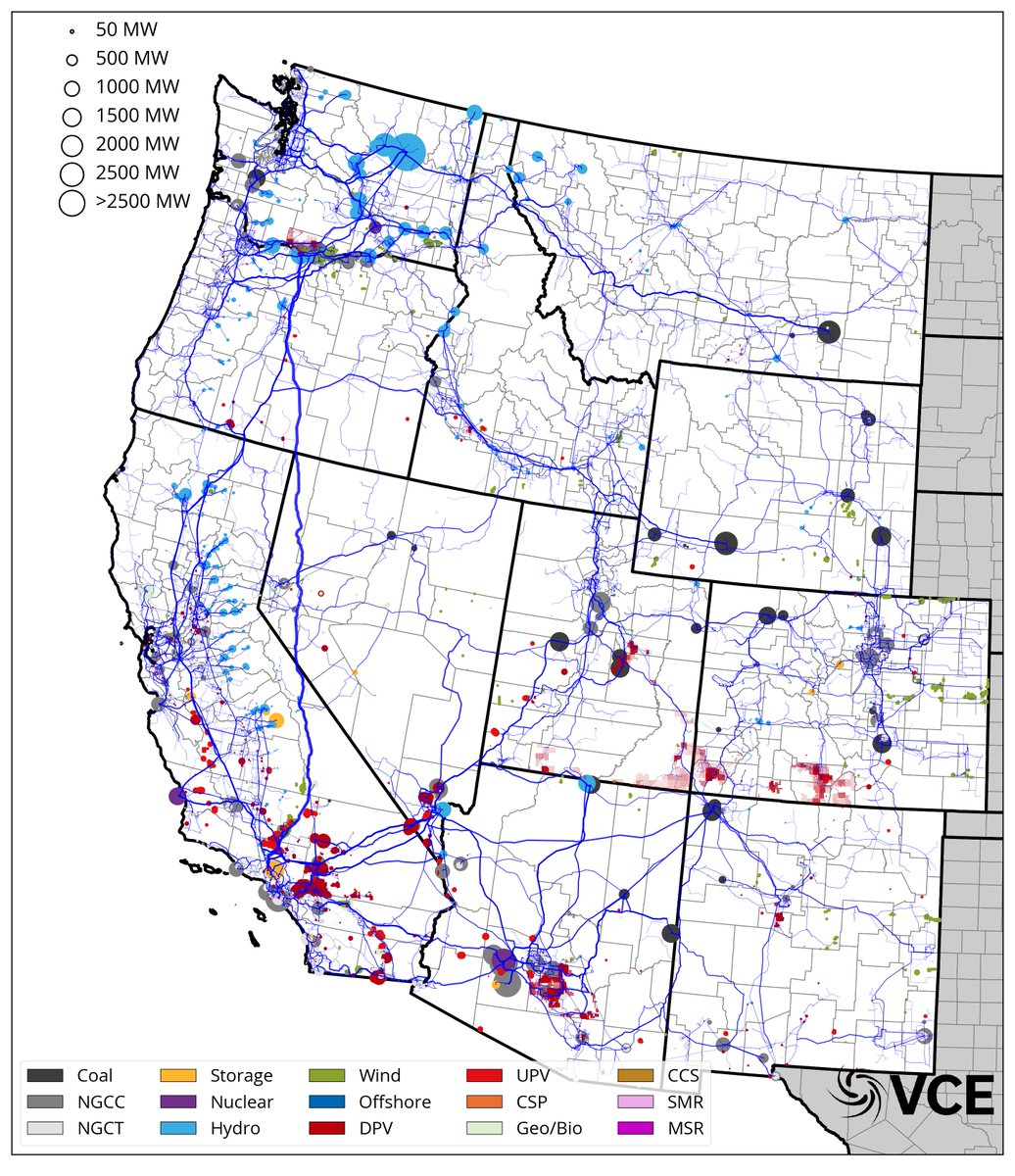

The whole of the Western US undergoes huge changes between 2020 and 2050. There is no coal left (by 2035) and about the same NG as today. Massive increases in wind (40GW), solar (63GW) and storage (23GW +4hr) across the region. These other regions do not electrify fully.
When we consider the reliability, we ensure that each region has NO loss of load for any 5-minute window through 2050. Further, there is 7% load-following reserves and NERC recommended planning reserve margins. Here we show the most difficult period for MT in 2050. 

Due to the different scenarios, we can carve out the benefits of each piece and see where the decarbonization "wedges" come from. By 2050m the cumulative GHG emissions avoided are over 600 million metric tons. 

Much more can be found in our report: vibrantcleanenergy.com//wp-content/up…
Final comment is that retail rates fall over time and this is a consequence of moving to lower-cost resources that are balanced by storage, transmission and some hydroelectric (along with demand flexibility).
Final comment is that retail rates fall over time and this is a consequence of moving to lower-cost resources that are balanced by storage, transmission and some hydroelectric (along with demand flexibility).
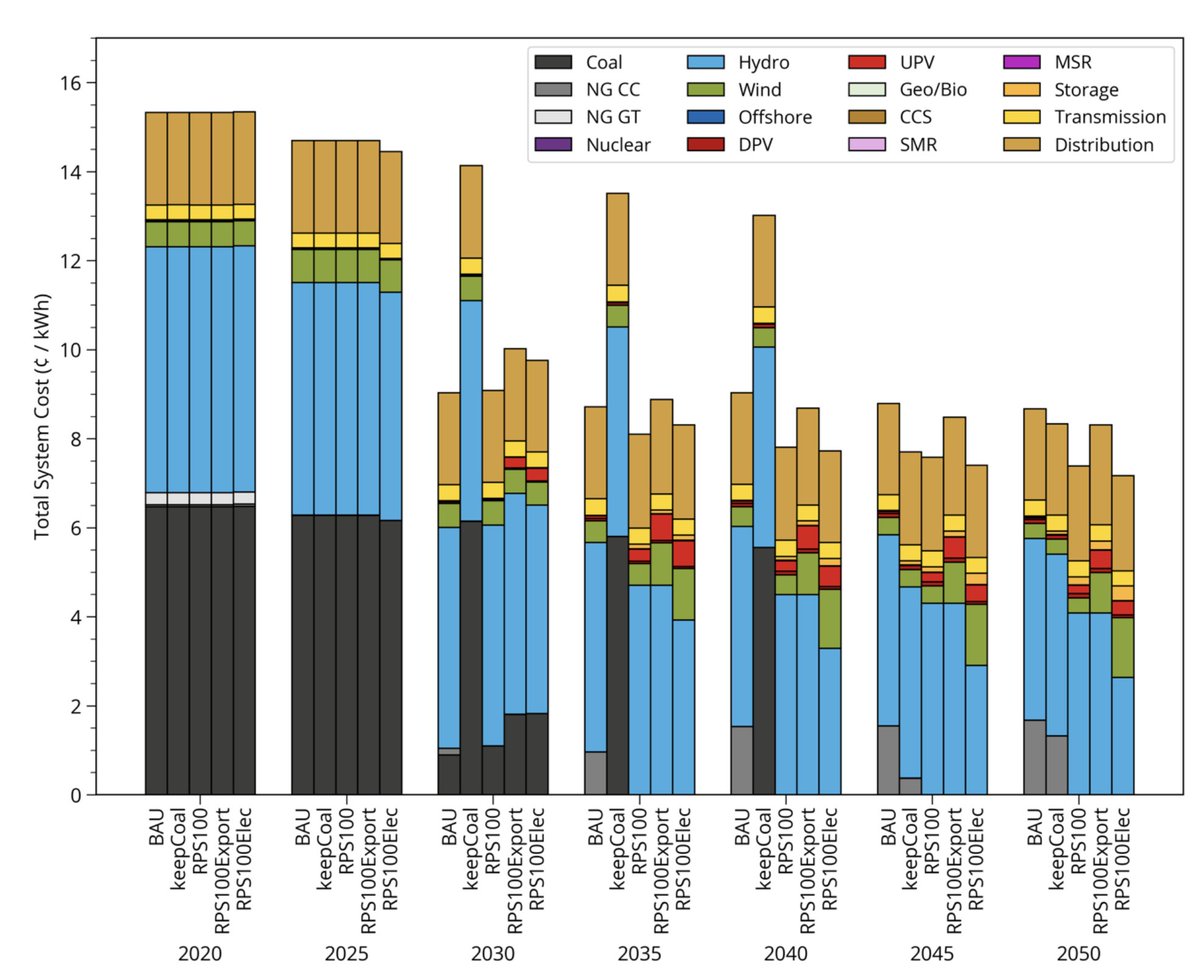
.@LocalSolar4All @RabagoEnergy @ElephantEating @EricGimon @brendanpierpont @KenCaldeira @SolarAccess @JesseJenkins @hausfath @DrChrisClack @leahstokes @WillToor @billmckibben @jeffsaintjohn @joshdr83 @MichaelEWebber @chrisnelder @BillGates @NRDC @SierraClub @EnvDefenseFund
All high-level output data is provided on the VCE website for this study: vibrantcleanenergy.com/wp-content/upl…
• • •
Missing some Tweet in this thread? You can try to
force a refresh







